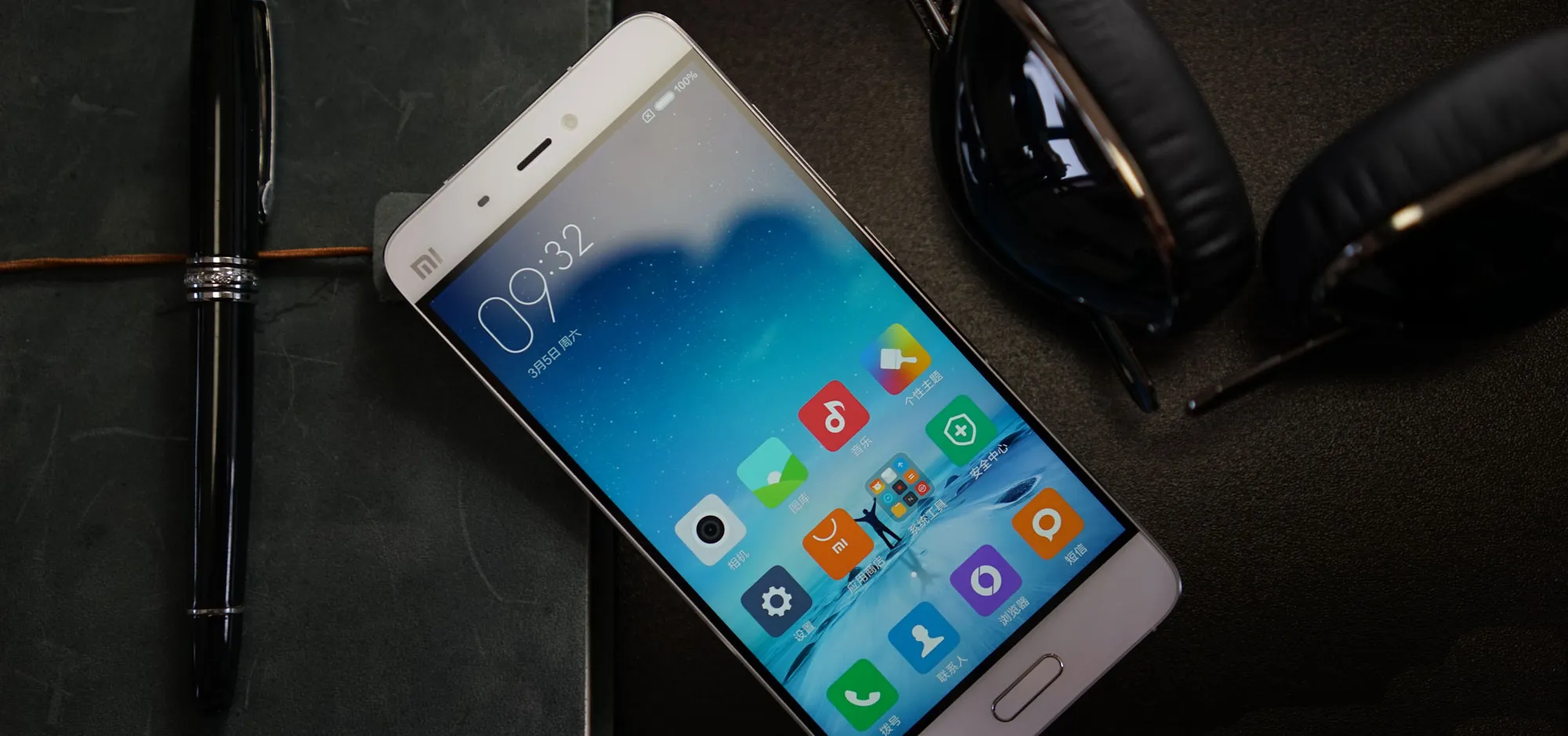Chinese smartphone brands seem unstoppable, and they’re going global
Chinese smartphone companies are increasingly competing with the biggest players on the market. While Apple and Samsung are household names, known to produce quality smartphones, both smartphone giants saw a decrease in their global market shares in 2016.
According to Digital Trends, in last year’s third quarter, Apple lost 2.5 percent of its market share to end up with a total of 11.5 percent, and Samsung lost 4.4 percent, now with a total of 19.2 percent of the market share. Samsung’s larger drop is to be expected after the exploding smartphones fiasco, and many argue that Apple has really gone downhill after the death of founder and pop culture idol Steve Jobs. However, these trends are not merely a case of the two giants’ weakening—it is also the army of emerging competitors they face.
This is where Chinese smartphone producers come in. They have been stirring up the smartphone market by producing an impressive range of smartphone brands including Gionee, Huawei, Honor (Huawei’s sub-brand), LeEco, Lenovo, Meizu, OnePlus, Oppo, Vivo, and Xiaomi.
The success of Chinese smartphone companies boils down to one key factor: it’s all about producing models comparable to those of Apple and Samsung, but with smaller price tags. A smartphone model by OnePlus, the OnePlus 3, has been hailed as a powerful twin to the Samsung Galaxy S7 flagship phone, but at almost half the price.
A newer model, the OnePlus 3T, is priced slightly lower than the Samsung’s S7 but also has comparable hardware. Xiaomi has also been causing excitement with its Mi 5 model, described by PC Advisor in May, 2016, as a slightly less feature-packed and much cheaper alternative to big-name smartphones such as iPhone 6S and Samsung Galaxy S7. Huawei’s Honor 8 was praised by reviewers, for example by Paste Quarterly and ZDNet, as a powerful flagship phone that can compete against Samsung S7 in terms of specs, especially in the photography and hardware departments.
As they grow, Chinese companies are beginning to expand into the global smartphone market and industry. Smartphone producers are practicing all manners of marketing kung fu in order to promote their products globally as well as in China. Oppo and Gionee sponsor the Indian Premier League in cricket, which has a massive following in its home country. Oppo sponsors the show “X Factor” in Indonesia. Huawei placed one of its Honor smartphones into Marvel’s Doctor Strange film, starring Benedict Cumberbatch. The company has also released a limited-edition Doctor Strange-themed Honor 8 smartphone box.
In a different marketing move, Honor has released a video starring Brooklyn Beckham, the Beckhams’ teenage son, to promote the Honor 8 smartphone globally on the Honor Global channel on Youtube. Set to a pumping track by Baauer (AKA the guy who created the track “Harlem Shake”, featured in the eponymous video meme a few years ago), the video features 17-year-old Beckham telling the audience how he just wants to hang out and continue with his artistic ventures. This video is an all-too-obvious attempt to appeal to a young, Millennial consumer base in the West.
Chinese brands have been able to capture significant portions of developing markets for smartphones around the globe due to the fact that these makers have focused on capturing these markets early on. These markets reacted well to the budget-friendly smartphones, even if the specs and features on those phones were lower than those of famous global brands. One such market is India—a substantial market in terms of the number of consumers—where Chinese smartphone makers now hold over 50 percent of the total market share.
Some producers are even choosing to start manufacturing in these locations. Oppo has announced it plans for a large industrial park in northern India, set to produce up to 100 million units per year. Xiaomi is reportedly also manufacturing phones in India, which enables them to lower the price of their smartphones there.
When you consider that China has one of the biggest markets for pretty much anything in the world, it is also unsurprising that homegrown smartphone makers have been edging out Samsung and Apple on their own turf.
While Apple is still going strong in China, having shipped 45.5 million iPhones there in 2016’s third quarter, it is definitely facing competition from China’s own producers. A quick price comparison on jd.com, a popular Chinese online retail platform, shows that the OnePlus 3T, with 4 gigabytes of random access memory (RAM) and 64 GB of built-in memory, retails for 2,888 RMB, while iPhone 7, with 4 GB of RAM and 32 GB of built-in memory, retails for 5,028 RMB. That’s a 74 percent increase in price. Even if the product quality is not exactly (and by “exactly,” you really have to be splitting hairs) the same as that of better-known and better-established smartphone producers, the price difference alone could potentially influence a Chinese consumer.
ZDNet explains the current success of Chinese phone producers by the circumstances of the birth of the modern smartphone: the first iPhone, for which Apple created huge supply chains and operations in Asia.
It may surprise you that Samsung actually produced components for iPhones, and by doing so benefited from the knowledge they acquired regarding smartphone production and marketing. Likewise, in China, where iPhones were and still are assembled, companies observed and used what they learned to enter themselves in the smartphone-production race. With the manufacturing conditions, knowledge, workers, and experienced assembly labor necessary to produce smartphones, it was a simple task for Chinese companies to catch up to the global producers.
But it hasn’t all been smooth sailing. Xiaomi, one of the Chinese companies that was impressing with its high-end, low-price smartphones and was celebrated as a very successful start-up, has been hit with recent troubles. Hugo Barra, head of international at Xiaomi since 2013, announced his resignation from Xiaomi on January 22. Barra had been instrumental in helping the company expand into a more global market. Some media, such as Wall Street Journal, have pointed out that Xiaomi is currently only succeeding in the Indian market—everywhere else, Xiaomi is not selling well or is not known at all.
Even in the Chinese market, Xiaomi has lost most of its share to Oppo, Vivo, and Huawei. It has been having trouble getting back to the top of the Chinese smartphone industry for some time. In last year’s third quarter, Xiaomi was down to a 8.7 percent market share in China, a 42 percent loss according to SCMP. Now the company also faces carrying on without Barra, who by most accounts was a hard-working executive who was simply burnt out from constant travel and the “9-9-6” (nine a.m. to nine p.m., six days a week) work culture at Xiaomi.
Whether Xiaomi will sink or swim is questionable, but in the grand scheme of things, the might of Chinese smartphone companies has become apparent. Consumers have a bright future ahead: smartphones packed with exciting hardware, sleek design, and increasingly user-friendly Android interfaces, all at an unprecedented price.
Cover image from fengniao.com












